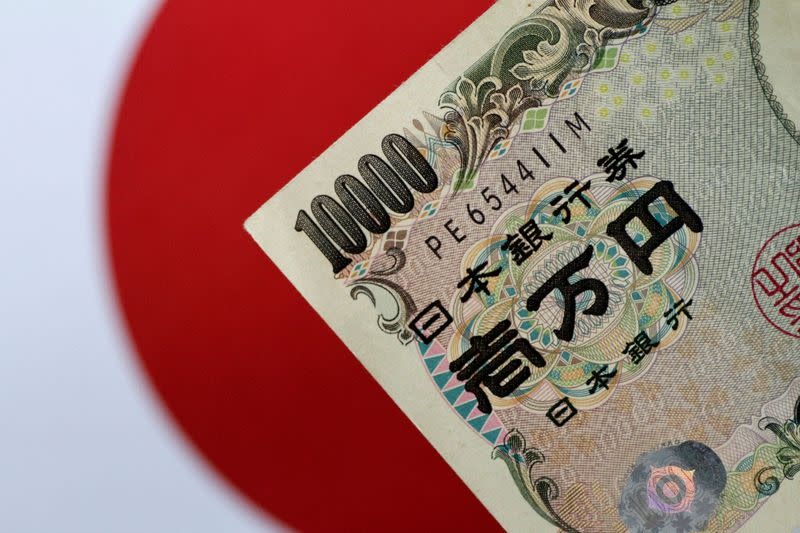
TOKYO : Japan’s government on Tuesday left its own projections unchanged for achieving a primary budget surplus in the fiscal year ending in March 2027 – lagging by a year from its ambitious target, according to twice-yearly projections by the Cabinet Office.
Prime Minister Fumio Kishida’s government pledges to bring a primary budget surplus, excluding new bond sales and debt servicing costs, by the fiscal year ending in March 2026, and lower the debt-to-GDP ratio.
The primary budget balance is a key gauge of measurement on how much the government could fund policy spending without relying on debt.
However, the target remains elusive as the industrial world’s most indebted government is saddled with public debt of more than twice the size of the economy.
Under an optimistic growth scenario of nominal 3 per cent and real 2 per cent, the government’s projections showed the primary budget stood at a deficit of 1.3 trillion yen ($9.19 billion) in fiscal 2025.
It marked a slight improvement by 0.2 trillion yen compared to the previous estimate in January, due to higher-than-expected tax revenue despite slowing growth.
It is seen to return to a surplus of 2.3 trillion yen in fiscal 2026, according to the projections which were presented to parliament.
A primary budget surplus could be in sight in fiscal 2025 if the government continues efforts to streamline spending.
Still, uncertainty clouds the outlook over big spending plans on military and childcare, while global slowdown, rises in interest rates and more fiscal stimulus are seen as risks.
Japan’s government first set a primary budget balance goal in the early 2000s, but the target remains elusive, forcing the government to push it back several times.
Under a modest projection of 0.5 per cent growth, budget-balancing won’t be met through the forecast period to fiscal 2032.
($1 = 141.5200 yen)

